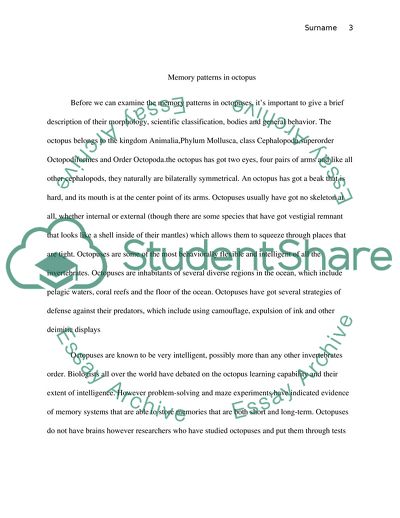Cite this document
(Memory Behaviors in Cephalopods Literature review, n.d.)
Memory Behaviors in Cephalopods Literature review. https://studentshare.org/biology/1822277-memory-behaviors-in-cephalopods
Memory Behaviors in Cephalopods Literature review. https://studentshare.org/biology/1822277-memory-behaviors-in-cephalopods
(Memory Behaviors in Cephalopods Literature Review)
Memory Behaviors in Cephalopods Literature Review. https://studentshare.org/biology/1822277-memory-behaviors-in-cephalopods.
Memory Behaviors in Cephalopods Literature Review. https://studentshare.org/biology/1822277-memory-behaviors-in-cephalopods.
“Memory Behaviors in Cephalopods Literature Review”. https://studentshare.org/biology/1822277-memory-behaviors-in-cephalopods.


